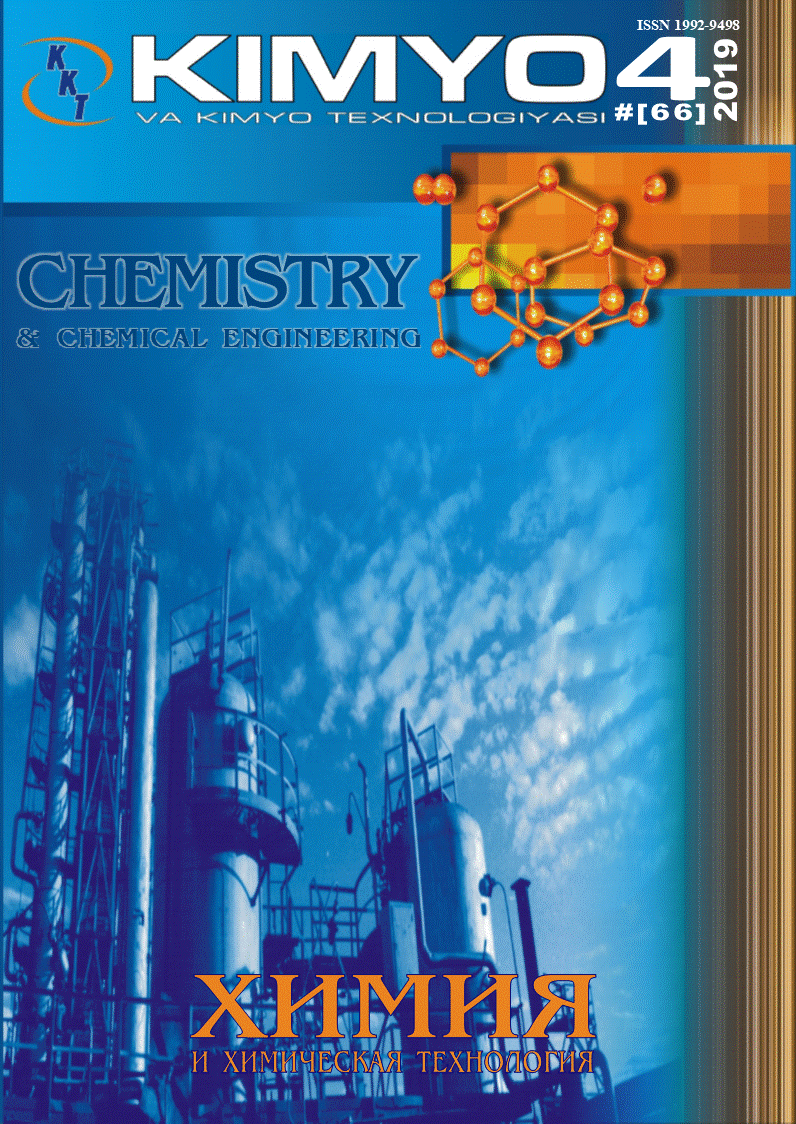
Abstract
The article explores the features of the physicochemical and technological processes of clinker synthesis under the conditions of changing the traditional raw material base using non-traditional raw materials and the development of principles for controlling the firing process and ways to improve the quality of clinker. The features of physicochemical processes of clinker burning when using basalt-containing rocks are revealed. It is shown that during the firing of basalt-containing clinker, an increased amount of alumina-ferrite composition melt is formed. Since CaO∙Al203∙Fe203, formed at 1200°C, hydrates faster than CaO•Fe203 of Portland cement, an increase in the content of the aluminoferrite phase in clinker obtained at lower temperatures than traditional compositions, and the enrichment of this phase with iron can favorably affect the properties Portland cement clinker. It is shown that the phase transformations occurring in basalts as a result of reactions and the emerging low-temperature melt intensify the processes of clinker formation. The ideas about the features of the process of phase and structure formation, the formation of the strength of basalt-containing Portland cement have been developed and expanded.
Recommended Citation
MUKHAMEDBAEVA, Zamira; KURBANOV, Erkin; MUHKAMEDBAEVA, Masuda; and NAIMOV, Shokhrukh
(2024)
"EFFECT OF BASALT ON THE PROCESSES OF MINERAL FORMATION DURING THE SYNTHESIS OF PORTLAND CEMENT CLINKER,"
CHEMISTRY AND CHEMICAL ENGINEERING: Vol. 2022:
No.
2, Article 6.
DOI: https://doi.org/10.70189/1992-9498.1517
Available at:
https://cce.researchcommons.org/journal/vol2022/iss2/6
